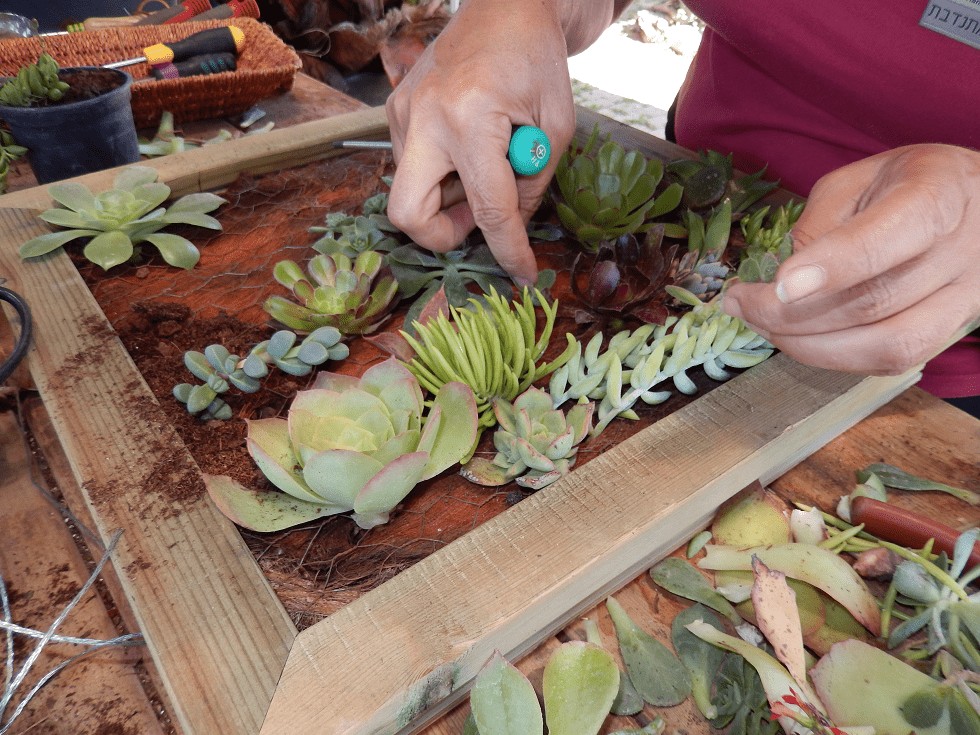
The main goal of the therapy, according to this approach, focuses on mental therapy and on patients learning to conduct their lives in a satisfactory manner. The use of art and expression therapies is especially important in cases where therapy involving discussion has not led to the desired change.
By this approach, sensory experiences in gardening appeals to the patient’s inner world. With the assistance of the therapist, patients can reflect their behaviour or the results of their deeds. In this manner, they can achieve insight on the problem and, at the same time, learn to cope with the burden and find ways of accepting the unavoidable.

Outlining the boundaries of the therapeutic space touches upon the very essence of gardening: a setting of more limits surprisingly offers the patient more options and opportunities for coping with his or her difficulties and problems (whether internal or external). For example: pruning, which represents the setting of boundaries for the plant – actually leads to blossoming.

יש לך שאלה? נשמח לעזור
Of further interest...
Accessibility
The Fragrance Garden
The Fragrance Garden, established in 1985, is the youngest of the Memorial Gardens. Seeking a way to enable people with limited or no eyesight to enjoy the flowers, Mme. Dorothy de Rothschild initiated the Fragrance Garden
Sustainability
Sustainable Gardening
Sustainable gardening is defined as gardening that considers the needs of the current generation without harming the needs of future generations. It includes garden design that considers the existing elements on site – the landscape, soil, environment and vegetation suitable for the region
Dining Here
Dining-Kiosk
Refresh yourself at the Kiosk with a drink or snack. The kiosk is open daily.

